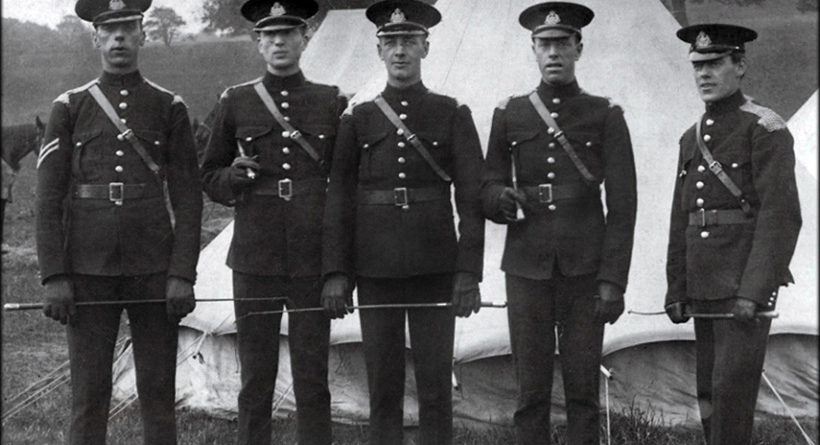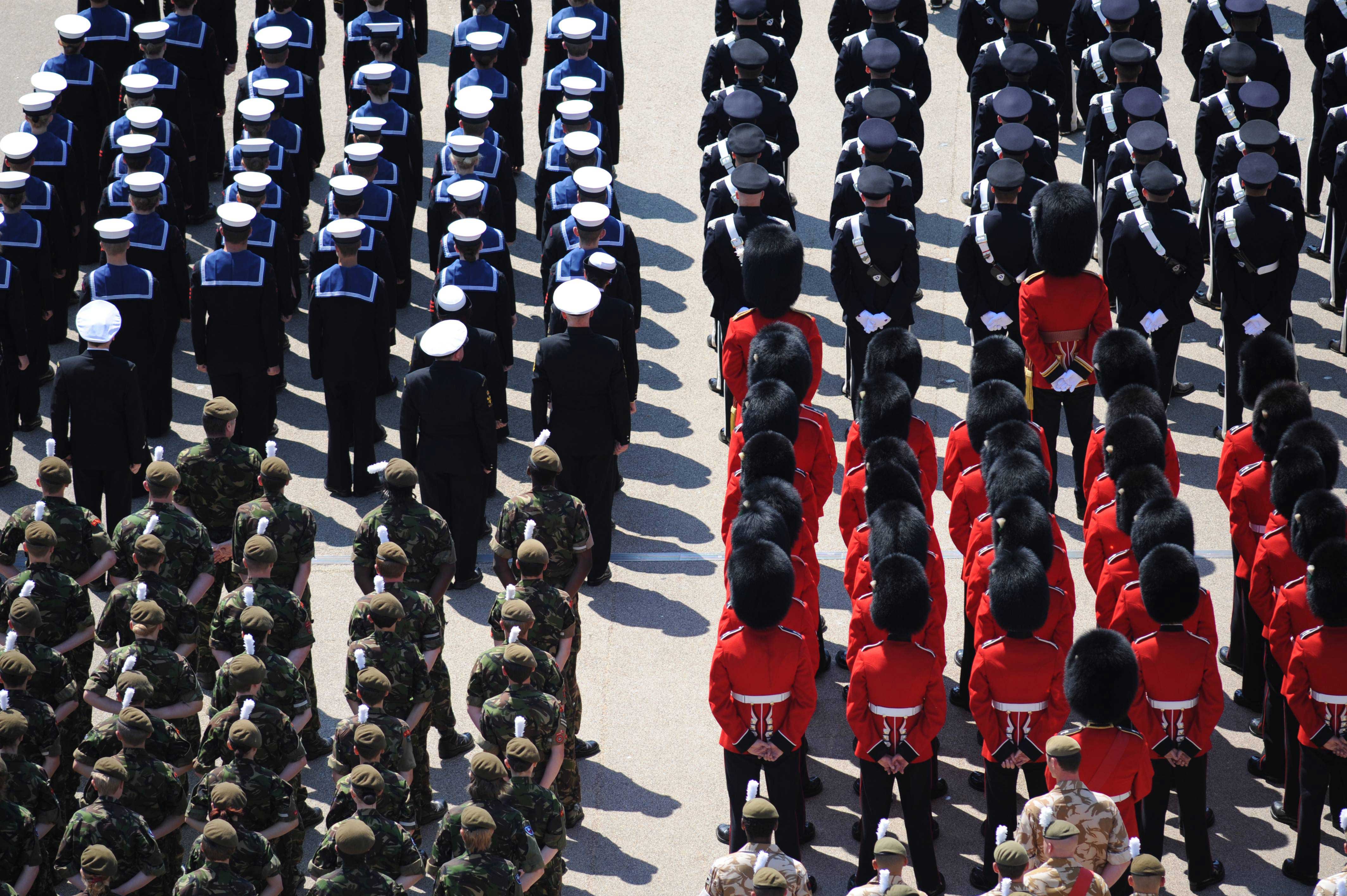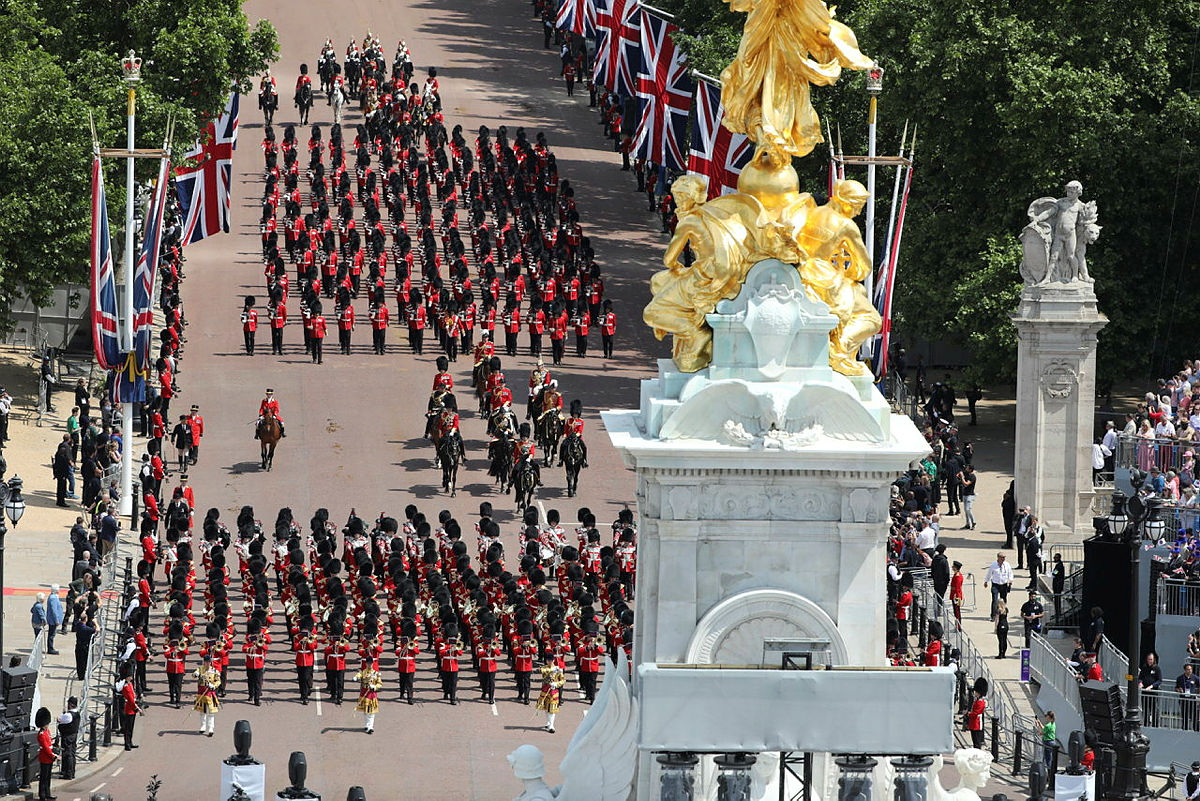We’ve recently added Sam Browne belts to our ceremonial uniform accessories website, which you can access here, but did you know the history behind this fascinating mainstay of the military and police officer’s uniform?
The Sam Browne belt is typically a wide, brown, leather, waist belt attached to a thinner shoulder cross belt that fastens diagonally across the right shoulder. The Sam Browne belt was originally used for carrying a sword, and more latterly a heavy pistol, and even though these weapons have been consigned to history, the Sam Browne belt continues to be a key and iconic part of many serving officers’ uniforms.
The name Sam Browne comes from a British Army officer of the same name, who served with the 2nd Punjab Irregular Cavalry. In 1858 during a battle near Seeporah, Sam Browne charged a cannon as it was being reloaded. Browne was attacked by one of the cannon crew, suffering two devastating cuts – one to his left knee and a second which severed his left arm at the shoulder. Browne survived the attack but was left seriously disabled by his injuries.
Even missing an arm Sam Browne continued to serve in the British Army, but unable to control or draw his sword effectively, took it upon himself to modify his existing waist belt. The sword had traditionally hung from a small metal clip on the waist belt, which was also referred to as a frog, but the scabbard tended to slide around a lot when soldiers charged at the enemy. This meant that the sword had to be steadied with the left arm before being drawn, which reduced the effectiveness and element of surprise inherent with charging at the enemy. Sam Browne hit upon the idea of adding a second cross belt to the frog which fixed diagonally over the right shoulder and held the sword scabbard exactly in place so it could be easily drawn, but also made it much steadier and reduced the amount of movement and sliding. The diagonal cross belt hooked into the heavier waist belt with D-rings which were also used for attaching various other uniform accessories. For instance Sam Browne also carried a pistol holster on his right hip as well as a binocular case with neck strap.
The Sam Browne belt caught on, with other cavalry officers in the Indian Army soon following suit before it eventually became part of the standard officer’s uniform. Imperial and Commonwealth troops also later copied the rig during the Boer war and it wasn’t long before it became standard issue.
While initially having practical benefits, another reason for its popularity was that the belt also forced officers to suck in their stomachs and stand more proudly and upright, which enhanced their military bearing.
Sam Browne belts were eventually adopted by forces the world over including the Nazi Party in Germany. The image to the left shows Mussolini and Hitler wearing the belt around the time of World War II.
They were also worn by civilian police agencies worldwide up until the 1940s and 1950s after which they were made obsolete due to the risk of strangulation by potential opponents. You can understand why they earned the nickname suicide belts.
Sam Browne belts were slowly phased out more recently thanks to modern advances in technology, but officers and Warrant Officers Class 1 of the British Army and the Royal Marines still wear their Sam Browne Belts proudly as part of their formal number 2 dress and in some versions of the full number 1 dress.
You can view our full selection of ceremonial belts in both black and brown leather with cross belts and sword frogs here. We also have a selection of gold and blue ceremonial sword belts with slings.




